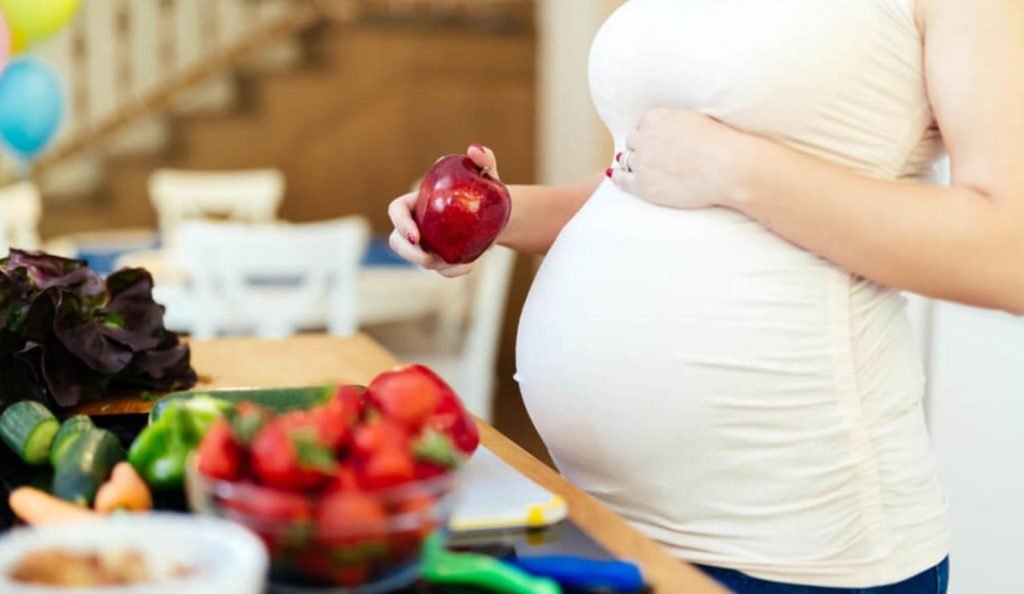
A new small study found that 90 percent of pregnant women in an Indiana town had a widely used herbicide in their urine, and women with higher concentrations were associated with early deliveries.
A new study published in the journal Environmental Health found an association between higher concentrations of glyphosate in the urine of pregnant women and early pregnancies. Glyphosate is the active ingredient in Monsanto Co’s Roundup, the most widely used herbicide in the world. Reuters reported:
"In 2015 and 2016, the researchers recruited 71 pregnant women in central Indiana and surveyed them about their food and beverage consumption, lifestyle, stress and where they lived. The women also provided two urine samples and two drinking water samples from their homes.
Researchers tested the water and urine for glyphosate and divided women into four groups based on their urine concentration of the chemical. After women gave birth, researchers used medical records to determine their pregnancy length."
The study found that 93 percent of the women had glyphosate in their urine, with the women living in rural areas having higher levels than those in the suburbs. “Glyphosate is often used on major crops on a day-to-day basis . . . but we hardly know anything about how humans are exposed,” lead author Shahid Parvez, a researcher at the Indiana University Fairbanks School of Public Health in Indianapolis, told Reuters. “We don’t want to cause unnecessary panic, but we do want to understand how it affects pregnancy and human health.”
The study also found that women who drank more than 24 ounces of caffeine drinks per day had higher concentrations of glyphosate. Parvez told Reuters that this indicates the need to think about the source of imported food products such as coffee beans. The drinking water was tested, but was not determined to be the source of the glyphosate poisoning. Parvez called the water tests a “pleasant surprise,” but also cautioned they must now learn about the dietary intake and environmental factors.
The researchers readily admit that their study was limited in size and lack of geographic and racial diversity. However, the researchers still advise pregnant women to avoid spraying herbicides on the lawn or treating the house for insects during the first trimester of pregnancy.
Shorter pregnancy is not the first symptom blamed on glyphosate. The popular herbicide has a long history of accusations, including that the chemical causes cancer. A March 2015 report from the International Agency for Research on Cancer that found that glyphosate “probably” contributes to non-Hodgkin lymphoma in humans and classified it as a ‘Group 2A’ carcinogen. “There was sufficient evidence in animals, limited evidence in humans and strong supporting evidence showing DNA mutations and damaged chromosomes,” Aaron Blair, a scientist emeritus at the National Cancer Institute and lead author of the study, told Reuters at the time.
The IARC report was published in The Lancet Oncology and detailed evaluations of organophosphate pesticides and herbicides. The report concluded that there was “limited evidence of carcinogenicity in humans for non-Hodgkin lymphoma.” The evidence for this conclusion was pulled from studies of exposure to the chemical in the US, Canada, and Sweden published since 2001. The researchers found “convincing evidence that glyphosate can also cause cancer in laboratory animals.”
Shortly after the IARC review, the European Food Safety Authority (EFSA), an independent agency funded by the European Union, shot back with their own study, claiming glyphosate is “unlikely to pose a carcinogenic hazard to humans.” Earlier this month, the European Commission renewed the license to use glyphosate for another five years. The Commission’s renewal came despite the efforts of the European Citizens’ Initiative, called “Ban glyphosate and protect people and the environment from toxic pesticides.” The effort collected more than 1 million signatures.
Those studies were followed by research from experts with the United Nations’ Food and Agriculture Organization (FAO). The FAO released a statement claiming glyphosate is “unlikely to pose a carcinogenic risk to humans” exposed to it through food. The WHO co-signed the statement with the FAO. The organizations also found that glyphosate is not likely to be genotoxic — destructive to cell’s genetic material — in humans.
This means the United Nations’ Food and Agriculture Organization, the World Health Organization, the European Food Safety Authority, and the United Nations say glyphosate does not pose a risk of cancer to humans. On the other end of the spectrum, the WHO’s International Agency for Research on Cancer IARC states that it could be linked to cancer.
Who should the consumer trust when it comes to widely used herbicides like glyphosate? This chemical is in the water, it’s in the soil, and it’s on the food. We need to promote localized, decentralized food production to help communities get off the unsustainable food production and distribution systems. Only then will we be able to guarantee that our communities are eating organic, healthy, whole foods free of pesticides.
This article was originally published on Activist Post
Donate via:
Bitcoin: 16fDdrZvt9XUv7TyboSYtaHfcxMb22Yiew
Ethereum: 0x8d20b442de44C28467b3d66939ff3077F9CfCb24
DASH: XbPpwz1ZvtkTeik1y3wDgrHRJTEst564XH
I am always available for interviews, Please contact Derrick@theconsciousresistance.com
I greatly appreciate any support here or on my other social media:
| YouTube | Facebook |

